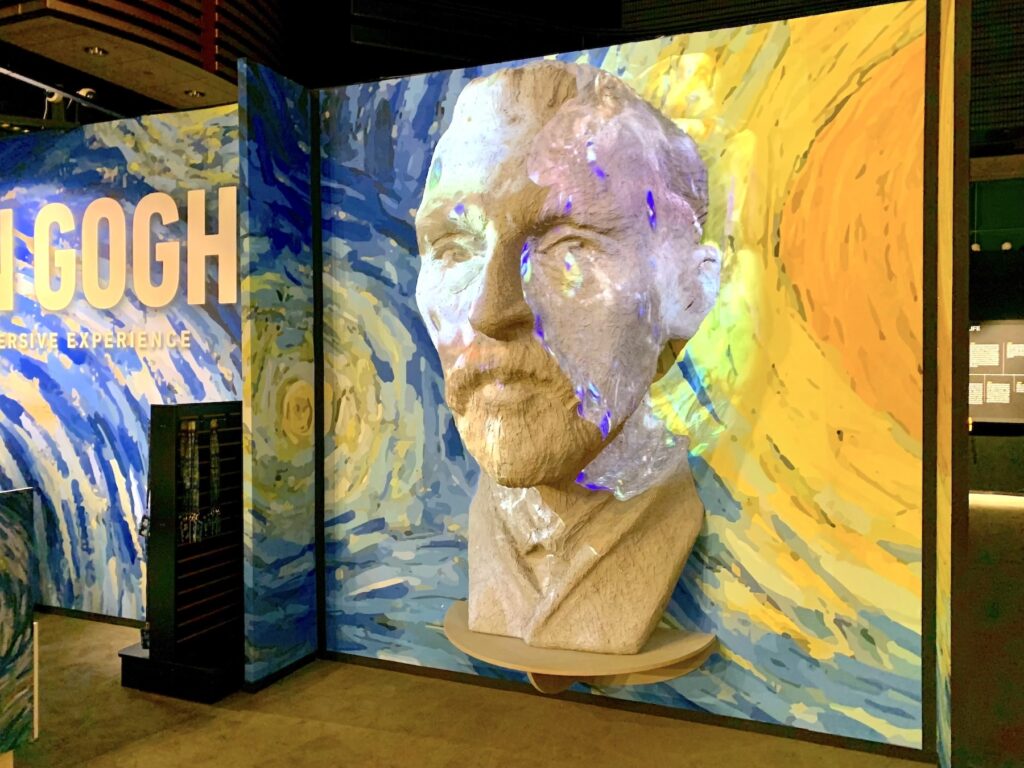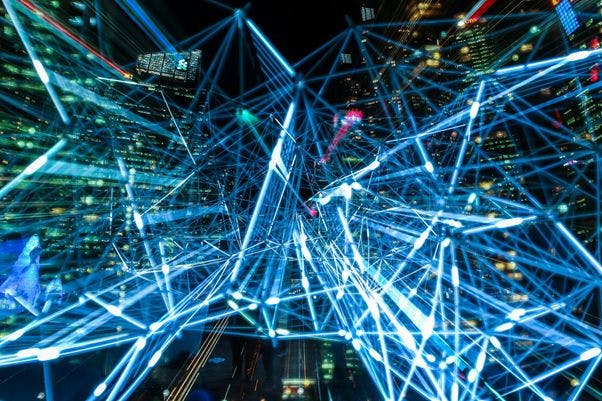It may seem that the concepts of art and science should be opposed to each other, however, both ideas have a history of crossing over to come hand in hand in the modern age. In this article, we will discuss the various technological revolutions that have directly impacted the art world and that may continue to propel the industry forward for many more years to come.
Blockchain Art
The art and technology of Blockchain have many functions and continue to have a significant impact on development. Back in 2014, a report from the Expert Institute for Fine Arts found that more than half of the art they checked was either fakes or attributed to the wrong artist. Growing reliance on blockchain could bring much-needed authenticity to the industry.
Of course, while blockchain art may refer to the physical part that has been tokenized, it most likely refers to digital art that can be published on the digital identity of the blockchain as a gif, jpeg, etc.
AI Art
AI art is the next big thing in the art world. Progressive artists use artificial intelligence algorithms and machine learning to study human perceptions and expectations of art and creativity and create machines that can mimic these processes.

Audio Visual Experiences
Artistic exploration of technology such as 3D rendering means that artists can take entire exhibits from the physical world into virtual reality. This means that viewers around the world can see what was once moored in one physical location from the comfort of their homes.
Sound artist Mike Blow has done something similar with Aelous Online, a fully realized online sound sculpture incorporating innovative technology and compelling storytelling techniques. To make this possible, Mike and his team used RealityCapture technology, created by the technology company Capturing Reality, which is a specialized photogrammetry software that creates 3D models from photographs, laser scans, and videos.
Virtual Reality
Using virtual reality glasses and related technologies such as Oculus Rift and Google Glass, for example, artists and educational institutions can experiment with virtual reality to create and share immersive creatives experience.
Virtual, 3D environments have been a big part of the gaming community for some time now, so we know what potential this technology can have when we’re looking to create science-inspired art.
The art industry is undergoing a radical makeover as it embraces and envelopes emerging tech. Art and technology advance rapidly and it’s capable of shifting the dynamics of entire industries, both from producer and consumer perspectives

























